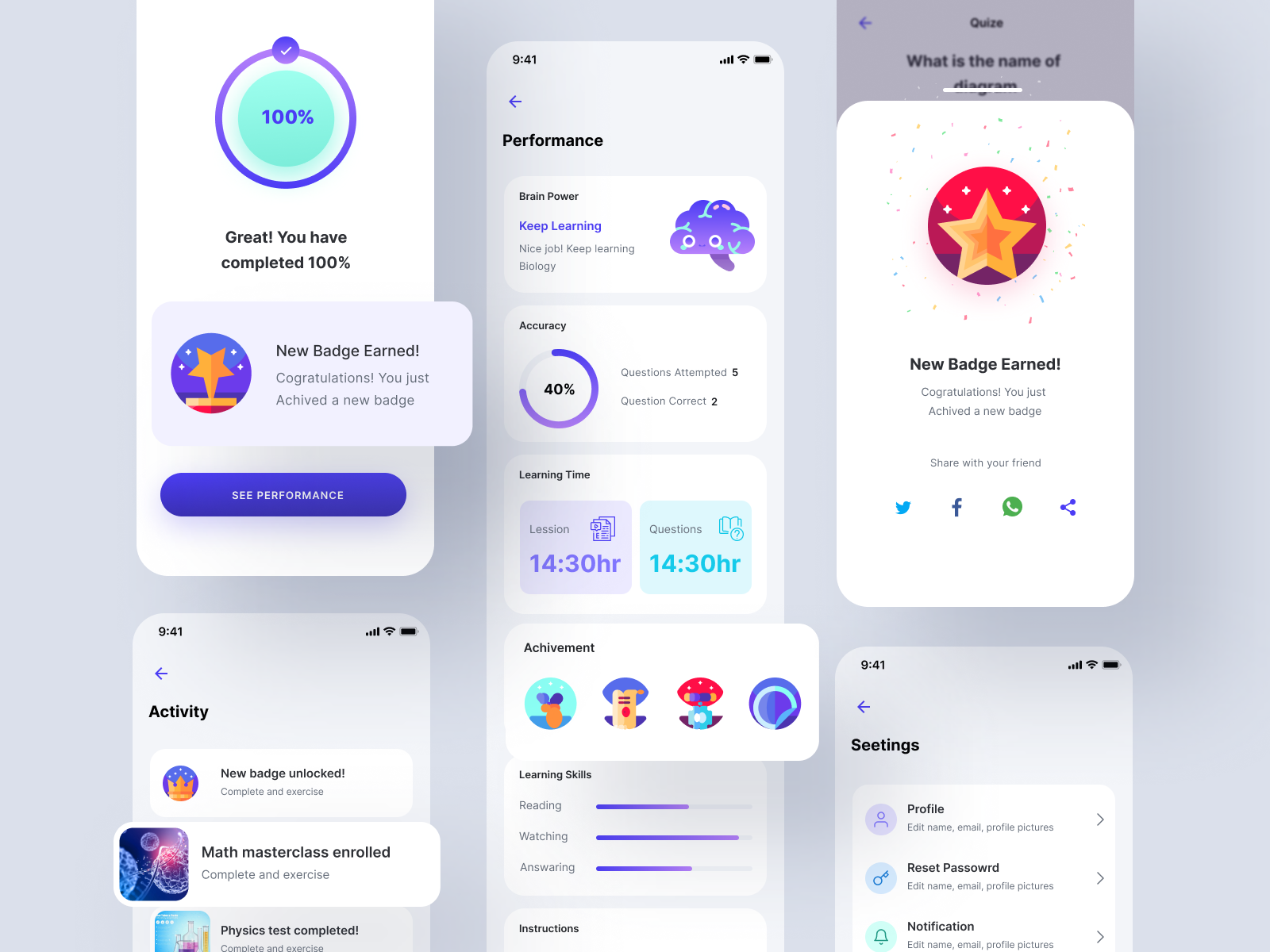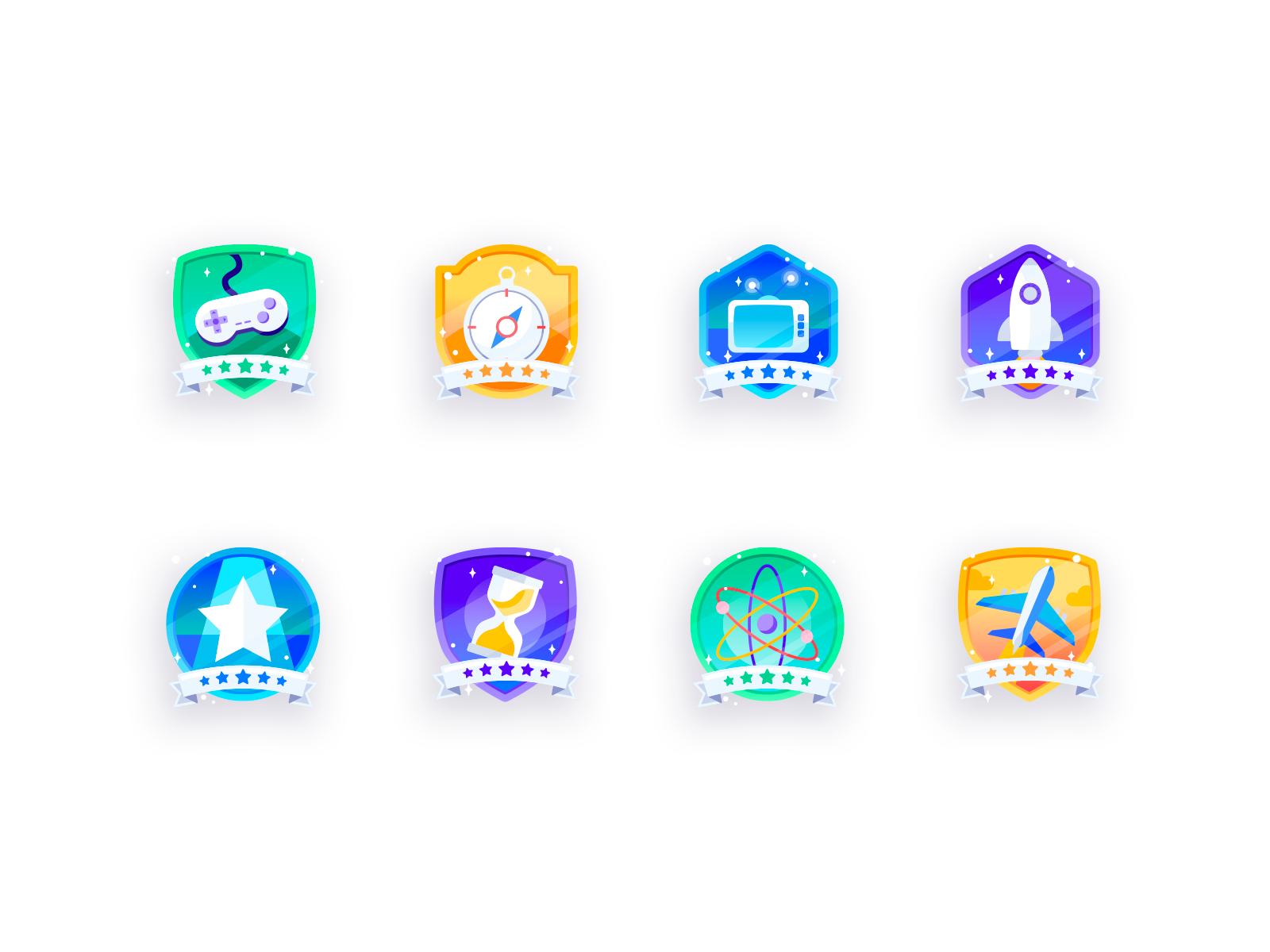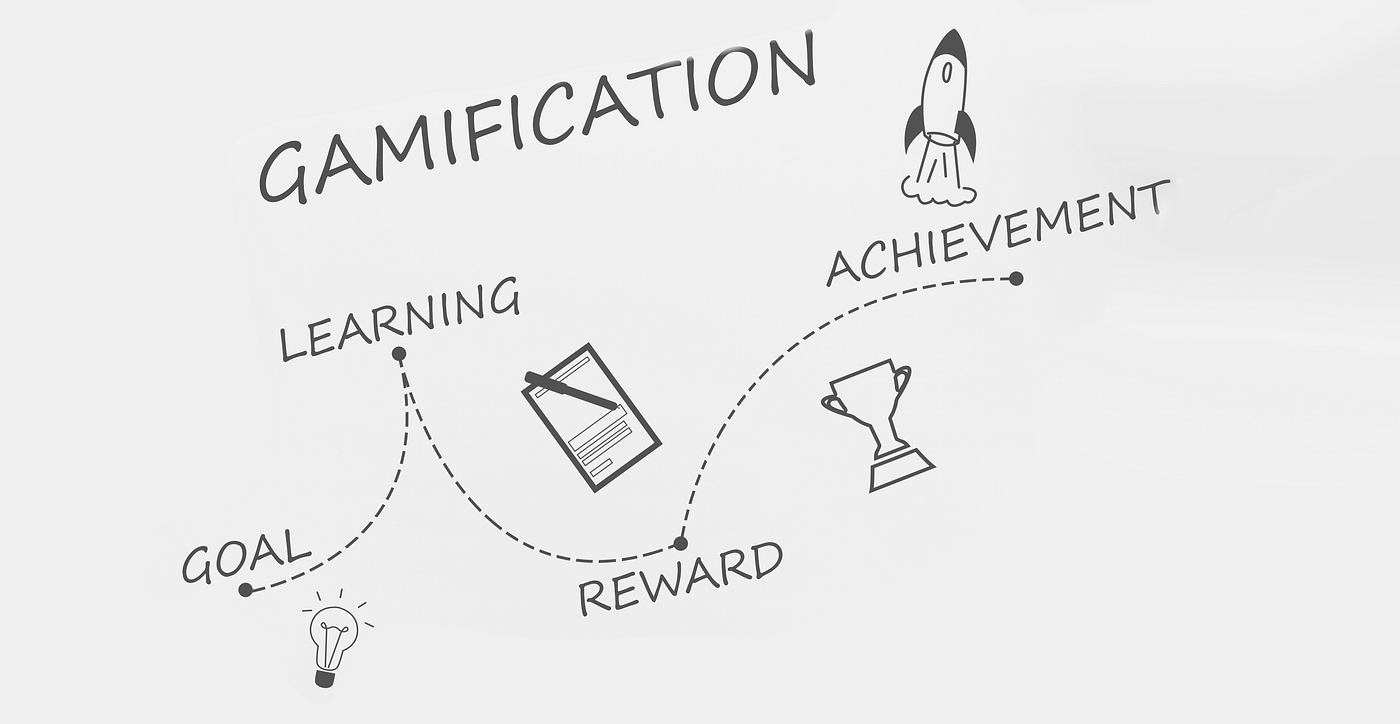As you know Gamification plays a vital role in UX nowadays, users love to play games as it gives excitement & fun to users so when we involve Gamification in UX, it increases user engagement.
There are types of Gamification principles in UX which I’ve discussed before in my other Article from which we can provide users with different tactics of Gamification in a Product.
In this article, we will discuss Badges which is a Gamification principle.
What are Badges?
Badges are collectable achievements that are earned by fulfilling the badge criteria. Badges can also be given away by administrators. On achievement, the badge can be visible in the feed or profile.
You probably have seen the Badges in many digital products, for example: In a Payment App when we pay bills or something else, after successful payment we get something in return like badges or stickers from which Users get the motivation to use the Product more often.
There can be multiple Badges in an App, which users have to unlock one by one by completing a set of tasks, this creates emotion & excitement for the user to stay active as they are getting something in return that they can share with their friends.
How Gamification Badges Motivate Students to Succeed
As we see nowadays, Education products now involve more Gamification Badges because it helps students to motivate by winning badges when they complete a lesson or course, this leads learners to complete their studies fast with excitement and fun. .

Basic Badges: These can take the form of simple, basic emblems that learners can achieve for completing easier, more basic learning goals.
Achievements: These can be rewarded for learning goals that require learners to complete multiple steps or are more complicated.
Awards: These should be given to learners for exclusive one-time opportunities. For example, learners who complete an entire learning module, or who are consistently the highest performing learner in their class or workplace, can be given awards.
What are the challenges of Gamification using Badges?
Gamification works but isn’t without challenges. Every learner has different needs and training providers need to identify the best approach. Leaderboards work for a class or group but won’t be as effective with independent learners or professionals seeking to refresh their knowledge. It’s important that gamification is aligned to the learning objective. Adding a mini-game without relevance simply becomes a distraction and wastes the time of learners. Before implementing gamification in programs, research the target audience to identify what appeals to them and ensure that the experience helps, rather than hinders, the end goal.
To ensure learners get the most out of their badges, provide documentation or a webpage that explains the value of their badge and how to use their new award. The ‘help page’ should include:
- What the badge is and how does it benefit the learner
- How and where to share the digital badge
- How to upload badges to digital wallet cards
- How to add or embed badges to webpages, email signatures, and LinkedIn profiles

The Architecture of a Badge system

There are five key elements to building this structure:
Goal: We need to connect with an emotional need. Example: Learn German because the following semester I will do an exchange program in Berlin. Find a user’s motivation, not a business’ motivation; but still is important to find a connection between the business and the user’s goal. No app will succeed if it does not satisfy the user; no app will succeed if it does not give economical results to the business.
Challenges: To achieve the goal, the user needs to complete a collection of tasks, each task will lead the user towers the competition and achievement of the objective.
Learning: After completing a collection of challenges, the user will acquire a new skill or knowledge that will be needed to reach the final achievement that is made of a collection of new learnings.
Reward: Every time the user reaches a milestone towards the goal, we reward them with a medal or a badge to keep them engaged and willing to keep going and reach the final destination.
Achievement: The end of the game comes when the user achieves a big goal or learning. A good example would be having learned a new language or learned to cook.
Conclusion
As we now know that Badge Gamification plays a vital role in UX, as it can add value to the product and increase the user engagement. if we see from user’s perspective, when we get some gamification stuff from the product which we are using, we often try to use more to get rewards, badges.







